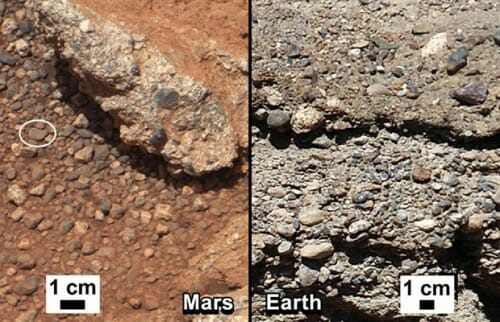Thinking About Risk
Kevin Drum preahces against the evils of teen tanning, which he follows with a conclusion that obviously Republicans are evil for opposing a tanning tax
Indoor tanning, on the other hand, is just plain horrifically bad. Aaron Carroll provides the basics:indoor tanning before age 25 increases the risk of skin cancer by 50-100 percent, and melanoma risk (the worst kind of skin cancer) increases by 1.8 percent with each additional tanning session per year. Despite this, the chart on the right shows the prevalence of indoor tanning among teenagers. It's high! Aaron is appalled:
This is so, so, so, so, so, so, so bad for you. Why don’t I see rage against this in my inbox like I do for diet soda? Why can’t people differentiate risk appropriately?
And who would fight a tax on this?
I am not going to get into the argument here (much) about individual choice and Pigovian taxes (by the way, check out the comments for a great example of what I call the Health Care Trojan Horse, the justifying of micro-regulation of our behavior because it might increase government health care costs).
I want to write about risk. Drum and Carroll are taking the high ground here, claiming they are truly the ones who understand risk and all use poor benighted folks do not. But Drum and Carroll repeat the mistake in this post which is the main reason no one can parse risk.
A key reason people don't understand risk is that the media talks about large percent changes to a small risk, without ever telling us the underlying unadjusted base risk. A 100% increase in a risk may be trivial, or it might be bad. A 100% increase in risk of death in a car accident would be very bad. A 100% increase in the risk of getting hit by lightning would be trivial.
In this case, it's probably somewhere in between. The overall lifetime risk of melanoma is about 2%. This presumably includes those with bad behavior so the non-tanning number is likely lower, but we will use 2% as our base risk understanding that it is likely high. The 5-year survival rate from these cancers (which by the way tend to show up after the age 60) is 90+% if you are white -- if you are black it is much lower (I don't know if that is a socio-economic problem or some aspect of the biology of darker skin).
So a teenager has a lifetime chance of dying early from melanoma of about 0.2%. A 50% increase to this would raise this to 0.3%. An extra one in one thousand chance of dying early from something likely to show up in old age -- is that "so, so, so, so, so, so, so bad"? For some yes, for some no. That is what individual choice is all about.
But note the different impacts on perception.
- Statement 1: "Teen tanning increases dangerous melanoma skin cancer risk by 50".
- Statement 2: "Teen tanning adds an additional 1 in 1000 chance of dying of skin cancer in old age."
Both are true. Both should likely be in any article on the topic. Only the first ever is included, though.




